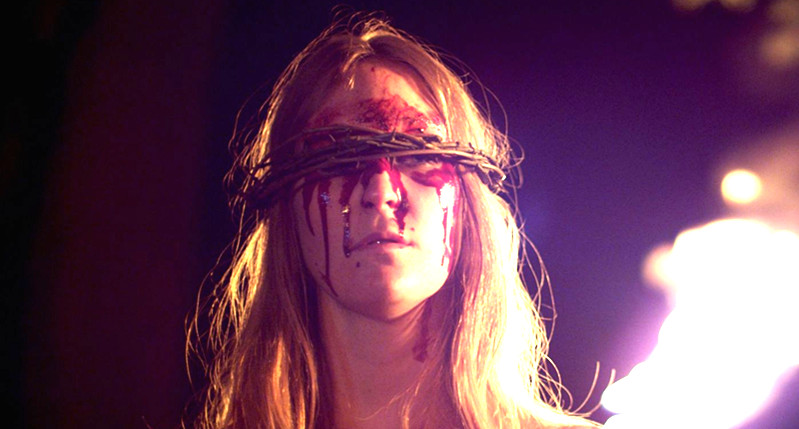
Slow-burn horror is categorised by a gradual feeling of escalation. These films reveal their most horrific content and impressions slowly, and offer a maintained sense of dread without having to frequently offer genre conventions to make the audience fearful.
Instead, they unravel at a chilling pace, just in time to satisfy audiences with something that they had a feeling would come all along, and that is because these films offer an atmosphere, still present even during moments which feel domestic. Not all of these are great films – some undoubtedly are – but nevertheless, they are worth seeking out for genre fans who like their horror to build slowly. Hopefully there are some readers who find something new to watch this Halloween.
10. Cherry Tree Lane (Paul Andrew Williams, 2010)
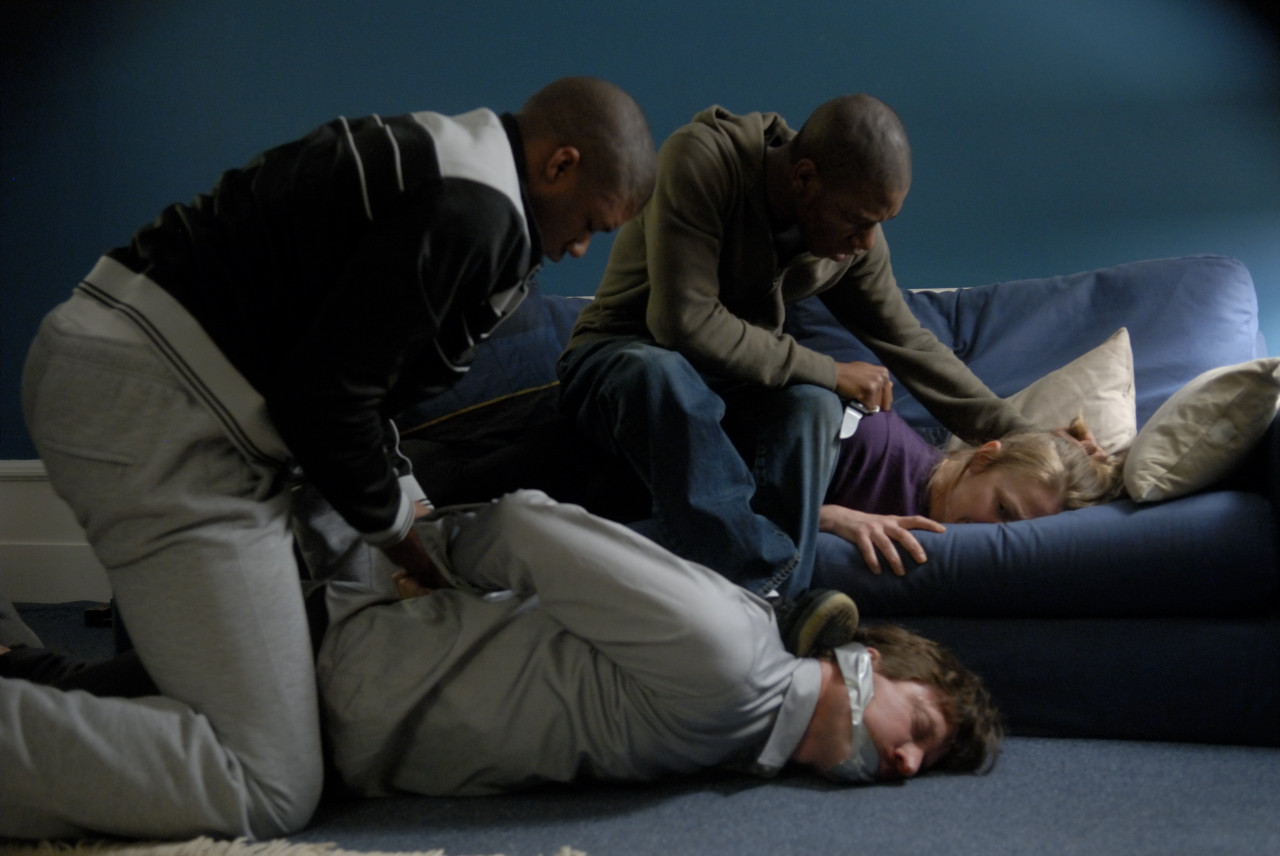
Cherry Tree Lane is everyone’s worst nightmare, playing out in a suffocating and brief narrative. Williams approaches the home-invasion formula with elements of realism, ensuring that the ordeal depicted feels deliriously and authentically overwhelming for its characters, but also for the spectator.
Previously, the director had impressed audiences with his gritty crime-thriller London To Brighton, and also his comedy-horror hostage film which parodied the likes of Tobe Hooper’s The Texas Chainsaw Massacre: 2008’s The Cottage. Here, the previously exercised cinematic style is stripped away, and the results are a harrowing and uncomfortable seventy-seven minutes.
A middle-class couple talk casually between themselves as they eat dinner, waiting for their son to arrive home from football practice. When the husband answers a knock at the door, a group of violent teenagers force their way into the home and hold the couple captive. The gang have come to kill their son when he arrives home. Agitated, they lounge around the house, waiting impatiently for a gruesome ambush.
The film is exceedingly tense, thanks in part to a script which aids the director’s favour for believable dialogue; those growing up in Britain will likely have encountered such individuals before. The exchanges between the gang members are engrossing because – just as the couple are – we too are helpless to do anything but listen and think of how we may overcome the obstacles in place. This is why Cherry Tree Lane is such an effective slow-burn. We are left immobilised physically, however, our minds are terrified and searching frantically for solutions.
It’s certainly a disturbing and upsetting experience, but as a home-invasion horror, Williams’ film does everything right. The filmmaker’s third-feature is an invigorating vision of urban hell.
9. Black Water (David Nerlich & Andrew Traucki, 2007)
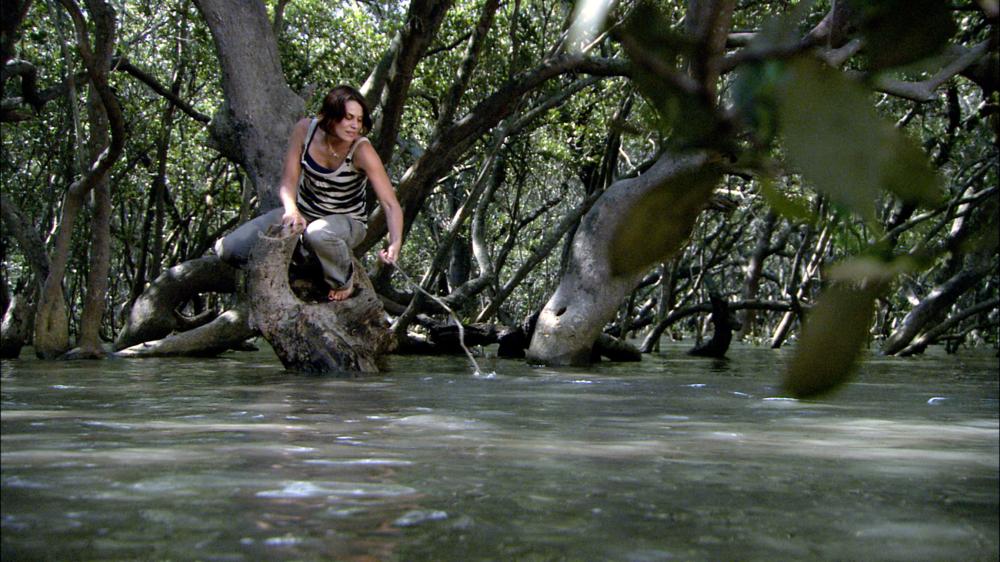
In recent years audiences have witnessed a surge in shark movies, ranging from the blockbuster spectacle of Jon Turteltaub’s The Meg, to the survival story thrills of Jaume Collet-Serra’s The Shallows. 2007’s Black Water conforms to the template of the latter, swapping sea and shark for swamp and crocodile.
Set in the Mangrove swamps of Northern Australia, David Nerlich and Andrew Traucki’s film tells the tale of a young woman touring the waters with her younger sister and her husband. During a fishing tour, the trio take a boat out to discover the area and are left stranded after a crocodile capsizes their boat. They take to the water and climb a tree to safety; however, they are aware of the dangerous game of cat and mouse they are playing with the methodical creature which stalks them. They must work together to find a way out of their concealed location, fighting for survival against an underwater threat.
The film does little to subvert the survivalist formula of many shark movies. Although, Black Water has the edge of an atmospheric and gloomy location, allowing the film to run assuredly with its lengthy set-piece.
The behaviour of the crocodile isn’t quite realistic; it’s frequent departure and re-emergence is used to fuel tension, but those familiar with the sub-genre are likely already aware that these creature-flicks should be approached with suspension of disbelief. Admirably, the crocodile seen in the film is a real saltwater crocodile, and the crew spent a week in Darwin shooting authentic footage which was then spliced into the film.
Despite Black Water not being particularly creative, it is a significant entry into the underwater-enemy cycle of horror. It’s tense, entertaining, well-acted, and it holds your attention, making it a perfect alternative to the director’s lesser effort, 2010’s The Reef, and films like Johannes Roberts’ 47 Metres Down.
8. In Fear (Jeremy Loverling, 2013)
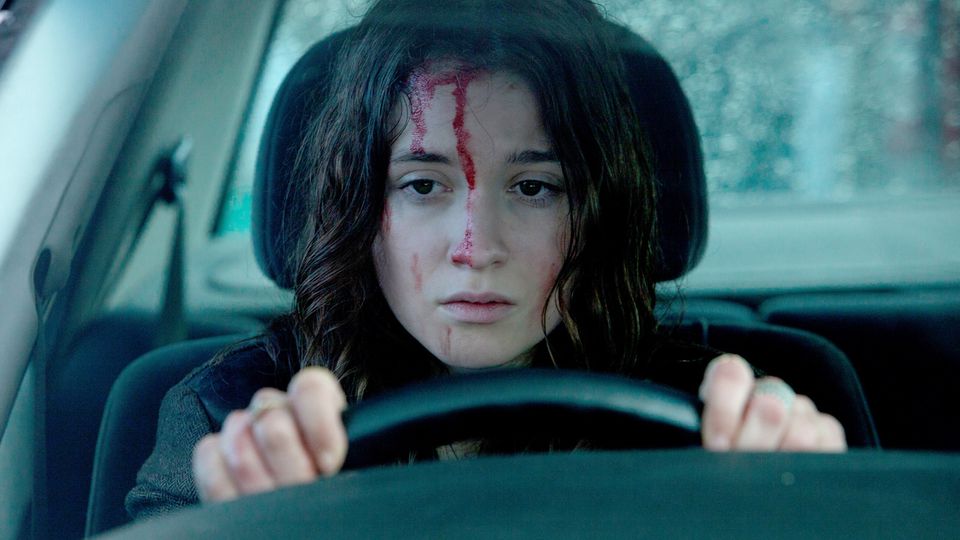
After almost two decades of directing for television series, Jeremy Loverling decided to depart from his usual work and attempt making his first feature-film. Critics were slightly warmer to his first effort than general audiences, praising the 2013 film for its taut direction and impressive writing, which taps into widely-held fears.
A recent couple are travelling to a music festival in Ireland. Tom (Iain De Caestecker) has booked a country hotel for he and his girlfriend Lucy (Alice Englert) to stay in, breaking up the long drive and potentially providing some remote romance. During the drive they are attacked by a mysterious individual; after escaping they accidentally clip a stranger named Max (Allen Leech), who has suffered injuries and claims to be being stalked by the same nightstalkers as the couple. However, it is soon revealed that the danger to the couple is frighteningly closer than they thought.
Perhaps what makes In Fear so effective is that it’s so hard to make things out within the frame. Taking place at night-time, the shots are often sparsely lit to add to the paranoia of the characters.
As they are, we may find ourselves squinting, trying to make out something in the road or in the distance, desperate to find comforting signs of life. Pacing is key for a cat-and-mouse story like this, and the way that the film unravels feels mostly natural – although admittedly familiar to other comparable work – and this is in thanks to the performances, characters we can recognise, sharing their perspectives on this night of terror.
The antagonist is confidently chilling, and much like the previous entry on this list Cherry Tree Lane, we are constantly thinking of ways we may be able to outsmart them and flee. Sure, In Fear also does nothing particularly new, but what it offers is something that feels like it’s done better.
It’s genuinely tense and offers a creeping sense of dread, and while some plot elements are a little too silly when given thought, its ability to induce fear and rattle nerves make it a significant success, and certainly worth a watch.
7. Willow Creek (Bobcat Goldthwait, 2013)
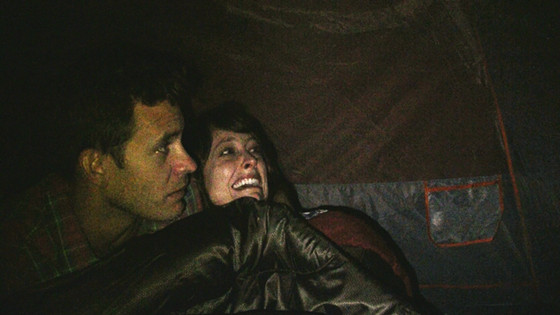
There are so many terrible found-footage movies which explore Bigfoot lore, and many agreed that Bobcat Goldthwait’s Willow Creek was a prime example. Yet, others felt that it had an advantage over its predecessors. While other films of its kind merely rely on jump scares and cheap suits, this outing in the woods favours convincing performances and silence to instil fear in the viewer; very much in the vein of The Blair Witch Project.
Jim and his girlfriend Kelly embark on a documentary project which aims to explore the supposed location of the original Bigfoot legend: Willow Creek, of the Six Rivers National Forest in Northern California. Compelled by 1967 footage which allegedly proves the existence of a Sasquatch creature in the area, the pair’s unconventional vacation begins as exciting, followed by the inevitable doubts of their questionable decision to chase what they believe to be dangerous.
The film works because its central characters are rather likeable. Often with Bigfoot films you have a bigger group of friends who are often insufferably dull. Instead, the chemistry between the couple is fairly believable, and spending time with them never feels like a chore.
Secondly, the locations are great, and as the duo venture further into the forest, the more isolated and vulnerable we begin to feel. No new ground is ever tread, however, the heightened sense of paranoia sets it apart from its sub-genre counterparts. The first hour is satisfying – nothing great – and then the last act manages to achieve something that patient genre fans will recognise as an effective, slow-burn scare.
Goldthwait includes an eighteen-minute long take of the couple shaking in fear inside their tent; strange noises which echo through the woods freeze them in place as they listen closely with alarm. It’s a very effective scene, which supports a frantic and contrarily loud conclusion. It’s unlikely to linger in the memory for long, but this is undoubtedly better than most other Bigfoot offerings.
6. Trouble Every Day (Claire Denis, 2001)
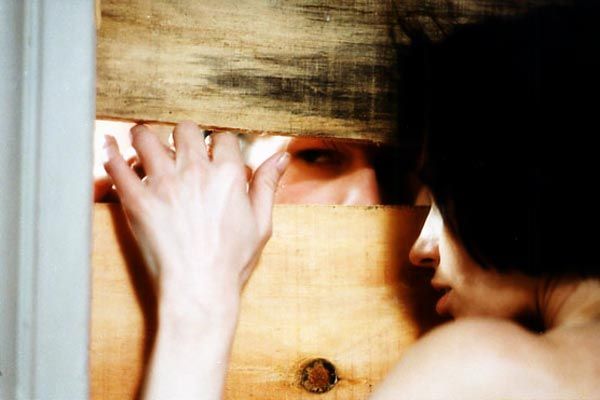
Trouble Every Day is definitely one of the best films to come out of the French New Extremity movement, which has also been associated with such fantastic work as Gaspar Noe’s Irreversible and Pascal Laugier’s Martyrs. It’s an outstanding erotic-horror film, tackling ideas of gender roles and existentialism to impressive effect, while providing audiences a completely unique revision of the popular vampire sub-genre.
Vincent Gallo (Buffalo 66, The Brown Bunny) and Tricia Vessey star as newlyweds vacationing in Paris for their honeymoon. However, it is revealed that Shane (Gallo) has come to Paris to track down a neuroscientist, and the doctor’s wife (Beatrice Dalle) which he once found himself obsessed with. The man is now keeping a low-profile, and has his wife secretly boarded up in a house, of which she is often able to escape in search of men to murder.
It’s a great story, and Claire Denis’ (Beau Travail, Nenette and Boni) direction is highly accomplished, leading us further down the rabbit hole in this unconventional tale of human lust which is both intellectually satisfying, while also attracting genre fans with its powerful gore.
Gallo and Dalle turn in terrific performances, and really allow us to be intrigued by the condition which proves to overshadow their human qualities. There are some moving and memorable scenes, some of which offer mystery, and others which offer visceral delights. It’s slow demise into scary and demented territory make this one to seek out, and for those that have already seen it, it may be due a re-watch.